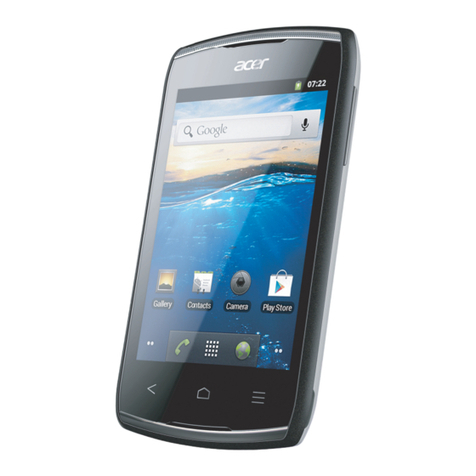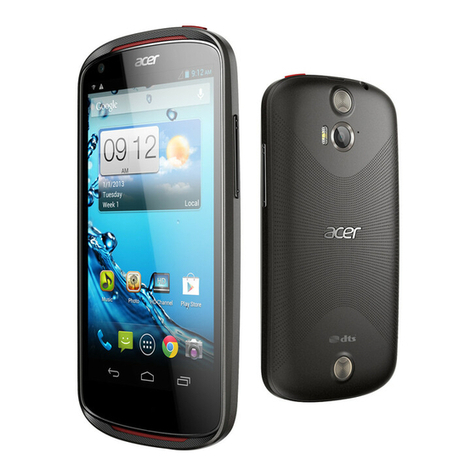Acer S58A User manual
Other Acer Cell Phone manuals

Acer
Acer Liquid Z220 Duo User manual
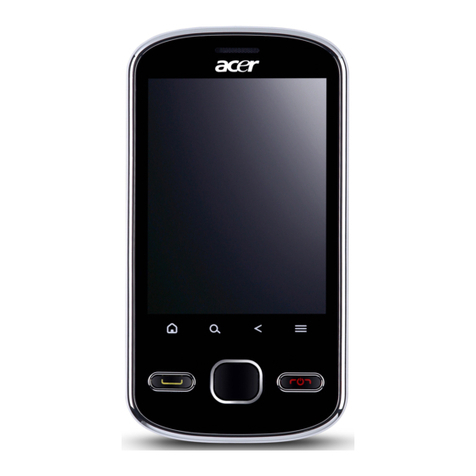
Acer
Acer beTouch E140 User manual

Acer
Acer Liquid Gallant E350 User manual

Acer
Acer liquid User manual
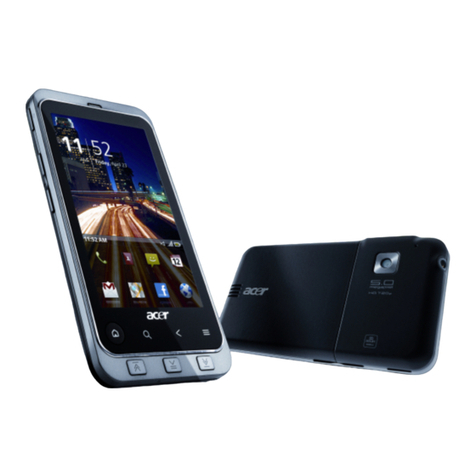
Acer
Acer Stream User manual
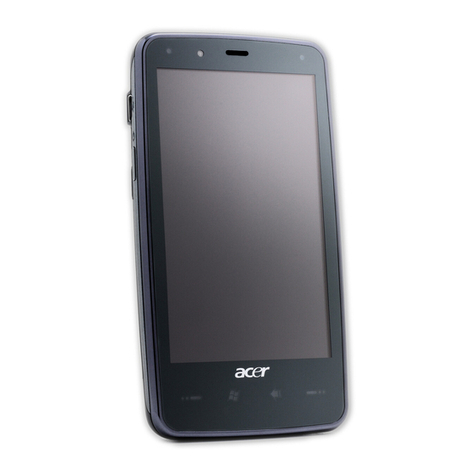
Acer
Acer F900 User manual
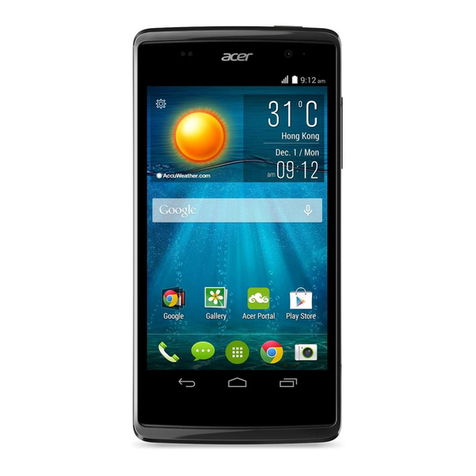
Acer
Acer Liquid Z500 User manual

Acer
Acer beTouch E210 User manual
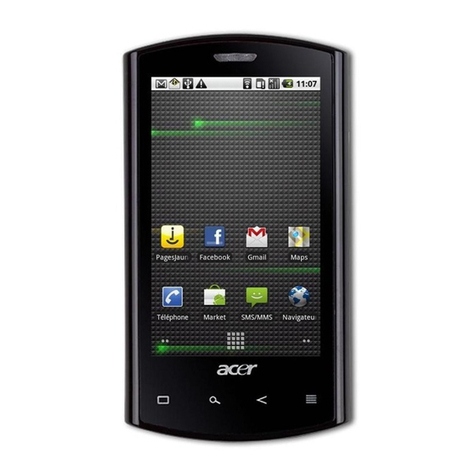
Acer
Acer Liquid S100 User manual

Acer
Acer S120 User manual
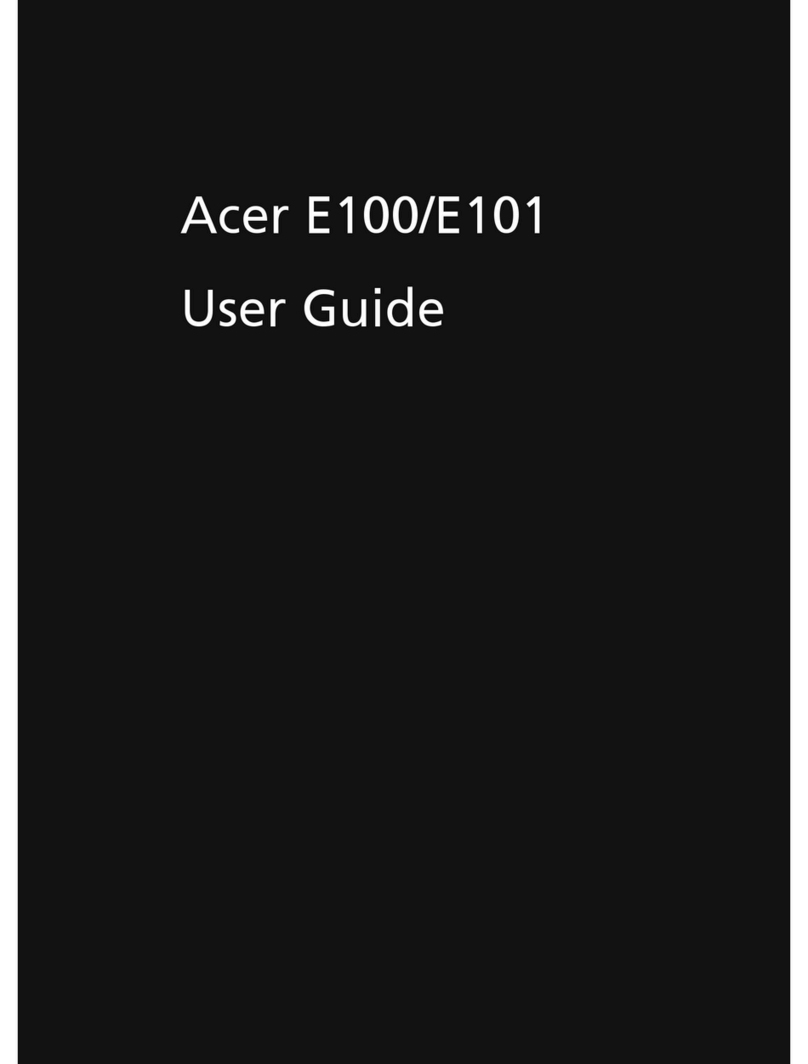
Acer
Acer E100 User manual
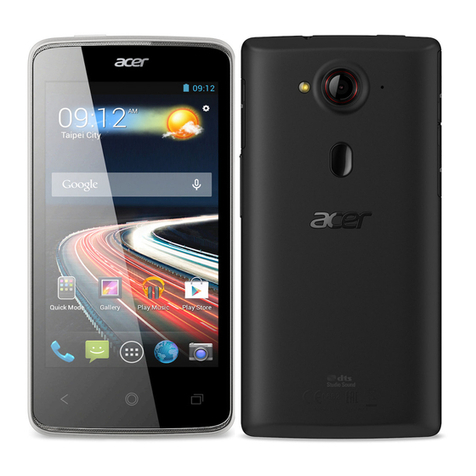
Acer
Acer Liquid Z4 User manual
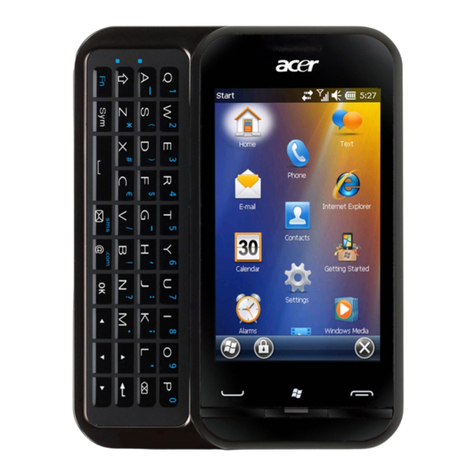
Acer
Acer DMP300EU User manual

Acer
Acer Liquid Z5 User manual
Acer
Acer Iconia One 7 User manual
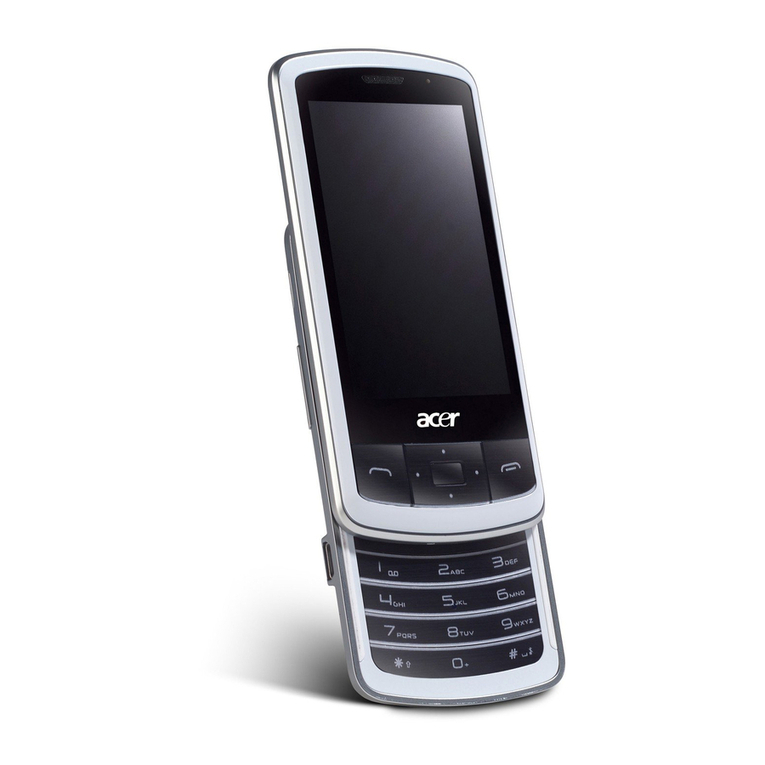
Acer
Acer E200 User manual
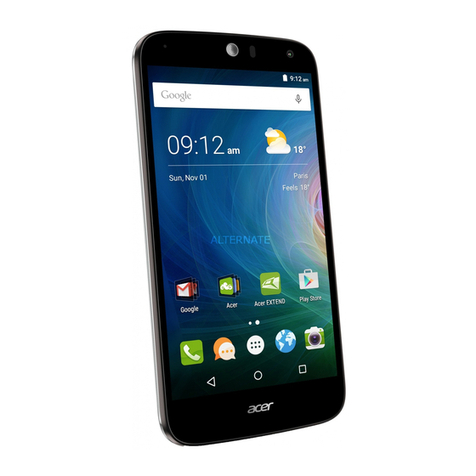
Acer
Acer Liquid Z630 User manual
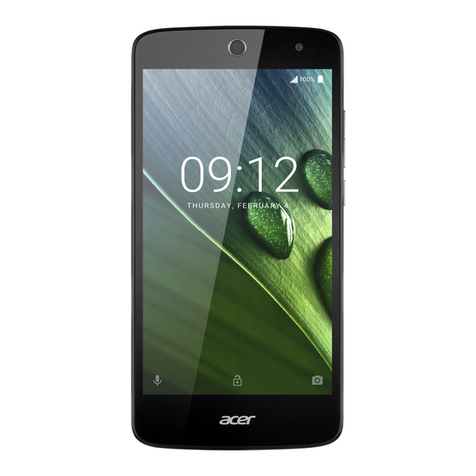
Acer
Acer Liquid Zest User manual
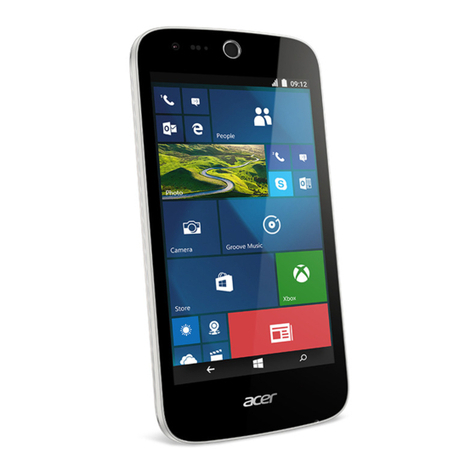
Acer
Acer Liquid M320 User manual
Acer
Acer Iconia Smart S300 User manual

